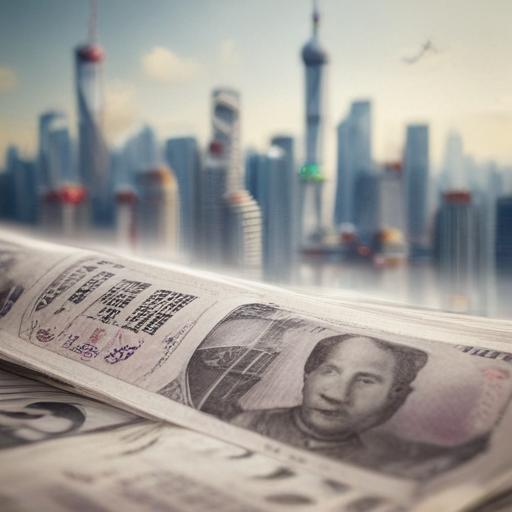China’s economy has shown resilience, outperforming expectations amid ongoing pressures from U.S. tariffs and a struggling property market. According to the National Bureau of Statistics, the country’s GDP growth reached 5.2% in the second quarter of the year, surpassing the anticipated 5.1% by economists, though it is slightly lower than the previous quarter’s growth.
The growth can largely be attributed to the government measures aimed at stabilizing the economy and a fragile truce in trade relations with the United States. In particular, the manufacturing sector expanded by 6.4%, with increased demand for electric vehicles, industrial robots, and 3D printing devices contributing to this success. The services sector also experienced growth, encompassing vital areas such as transport, finance, and technology.
However, the retail sales growth saw a decline to 4.8% in June compared to a 6.4% increase in May, indicating potential headwinds for consumer spending. Additionally, the real estate sector continues to face challenges, with new home prices dropping at their fastest pace in eight months, despite government efforts to stabilize the market.
Economists had predicted that tariffs would impact China’s economy more severely, but the country has shown considerable resilience. Exports notably received a boost as companies rushed to ship goods ahead of possible new tariffs, reflecting strategic adjustments in the face of trade uncertainties. Looking ahead, analysts suggest that the second half of the year could bring increased uncertainty, and stronger government stimulus may be necessary.
While achieving the annual growth target of around 5% is still deemed feasible, some economists believe China may fall slightly short, potentially maintaining a minimum growth rate of around 4%. As negotiations between the U.S. and China continue, with an August deadline for a long-term trade deal, there remains a glimmer of hope for improved economic stability in the region.
Overall, China’s economic performance, while under strain from external factors, highlights its ability to adapt and evolve through challenges, which could lead to a more robust recovery in the future.
